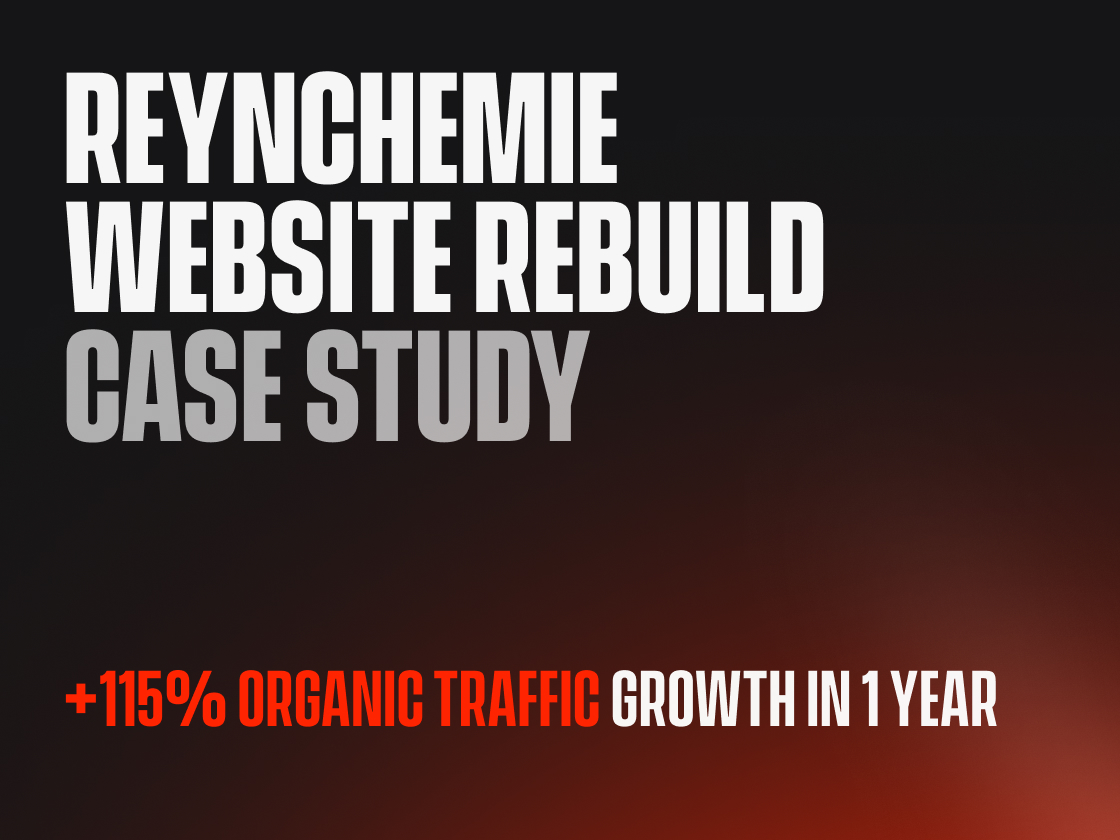SEO for Webflow: Best Practices for On-Page Optimization

1. Use SEO-Friendly URLs
Your URL structure is one of the first things search engines crawl, making it important to keep URLs clean and optimized.
Best Practices for URLs:
- Keep URLs Short and Descriptive: Avoid lengthy or complicated URLs. A good example would be
/servicesinstead of/index.php?id=17. - Use Keywords: Incorporate relevant keywords into your URLs, but don’t overdo it. Make sure they are still readable.
- Use Hyphens Instead of Underscores: Google treats hyphens as spaces, but underscores are seen as part of the word. For example, use
/web-design-tipsrather than/web_design_tips.
2. Optimize Page Titles and Meta Descriptions
Page titles and meta descriptions are critical elements for both search engines and users. These appear in search engine results, influencing both click-through rates (CTR) and rankings.
How to Optimize Titles and Meta Descriptions:
- Unique for Every Page: Each page should have a distinct title and meta description.
- Include Primary Keywords: Place your main keyword at the beginning of your title when possible. For example, “Webflow SEO Tips | Improve Your Rankings” is a strong title.
- Stay Within Character Limits: Keep titles under 60 characters and meta descriptions under 160 characters.
- Compelling and Relevant: Use action words and make your descriptions relevant to the content. A well-written meta description can significantly improve CTR.
Example:
Title: “Webflow SEO Best Practices | A Guide to On-Page Optimization”
Meta Description: “Learn essential SEO best practices for Webflow, from optimizing titles to improving your site's URL structure for higher search rankings.”

3. Optimize Headers for SEO
Headers (H1, H2, H3, etc.) provide structure to your content and give search engines context about your page. Proper se of headers helps both users and crawlers understand your content better.
Header Optimization Tips:
- Use One H1 Per Page: The H1 tag should clearly describe the main topic of the page. Ensure it's unique to that page.
- Use H2s and H3s for Structure: Subheadings (H2s, H3s, etc.) help break up content and allow search engines to index the important parts of your page.
- Include Keywords in Headers: Use relevant keywords in your headings where it makes sense, but avoid keyword stuffing.
4. Optimize Images for Faster Load Times and SEO
Images can enhance the user experience, but they can also slow down your site if not properly optimized. Speed is a critical ranking factor, so optimizing images is essential.
How to Optimize Images:
- Compress Images: You can do this easily in Webflow by using their built in compression tool. You can access it in the designer and the CMS with just one click.
- Use Descriptive Filenames: Instead of using random image filenames like
IMG_1234.jpg, use names likeweb-design-services.jpgthat include relevant keywords. - Add Alt Text: Always include descriptive alt text that helps search engines understand what the image is about. It’s also important for accessibility.

5. Create High-Quality, Keyword-Rich Content
Content remains the cornerstone of any effective SEO strategy. Well-written, relevant content is essential for ranking, engaging visitors, and converting traffic into leads.
Tips for Optimizing Content:
- Focus on User Intent: Understand what your audience is searching for and tailor your content to answer their questions.
- Use Keywords Naturally: Incorporate your primary and secondary keywords naturally throughout your content. Avoid keyword stuffing, which can harm your rankings.
- Include Internal Links: Linking to other pages within your website helps search engines discover more of your content and encourages users to explore other pages.
- Write Engaging Meta Tags: Optimize your meta titles and descriptions for engagement, ensuring they encourage users to click through to your site.
Example:
If you're optimizing a page about "web design services," you might use keywords like "professional web design," "custom web design services," and "website development" in a natural way throughout your content.
6. Implement Schema Markup
Schema markup is a type of structured data that helps search engines understand your content better. It can also increase the chances of your website appearing in rich results, like FAQs, reviews, and event listings.
Benefits of Using Schema Markup:
- Improves CTR: Rich snippets stand out in search results, increasing your click-through rate.
- Better Understanding by Search Engines: It helps search engines better understand your content, which can improve your rankings.
In Webflow, you can manually add schema markup to your pages by embedding code snippets.
7. Focus on Mobile Optimization
With mobile-first indexing, Google now prioritizes the mobile version of websites for ranking purposes. Ensuring your Webflow site is mobile-friendly is crucial for both user experience and SEO.
Mobile Optimization Tips:
- Responsive Design: Use Webflow’s responsive design tools to ensure your site looks great on all devices.
- Minimize Pop-ups: Avoid intrusive pop-ups, especially on mobile. These can frustrate users and lead to higher bounce rates.
- Fast Load Times: Ensure that your mobile site loads quickly by optimizing images and leveraging lazy loading.
8. Use Webflow's Built-In SEO Tools
Webflow provides several built-in tools that make on-page SEO optimization easier. These include:
- SEO Settings Panel: Edit meta titles, descriptions, and URL slugs for each page directly in Webflow’s settings.
- 301 Redirects: Easily set up redirects to ensure that old URLs still lead users to the right content.
- SSL Certificates: Webflow automatically enables SSL for all hosted sites, which is a ranking factor and boosts user trust.
Final Thoughts
Optimizing your Webflow website for SEO requires attention to detail across multiple areas, from URLs and headers to images and content. By following these on-page SEO best practices, you'll ensure your website is not only search-engine friendly but also offers an excellent user experience. Regular audits and updates will help maintain and improve your rankings over time.
By leveraging Webflow’s tools and implementing these SEO strategies, you can significantly improve your website’s visibility, attract more organic traffic, and convert visitors into customers.Wondering how to implement these SEO tips on your Webflow website? Book an online call with us now.




